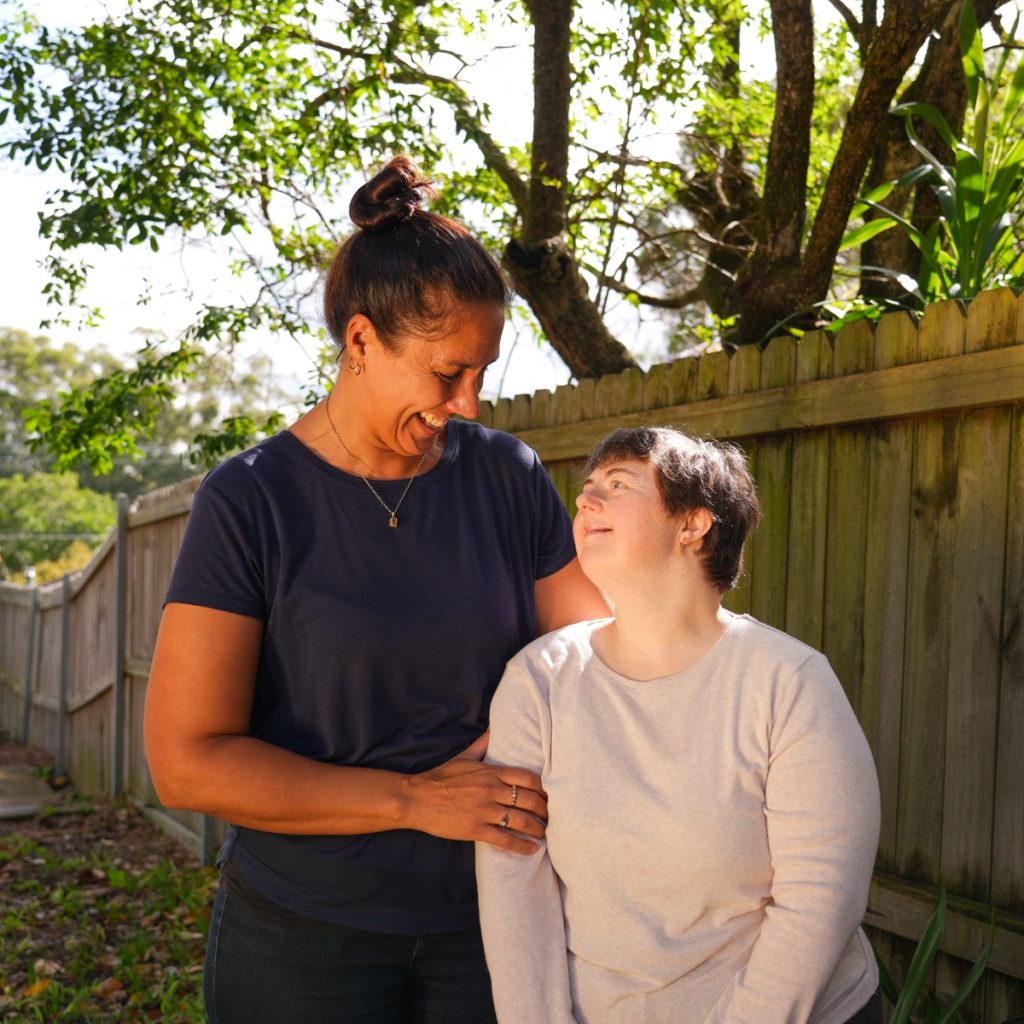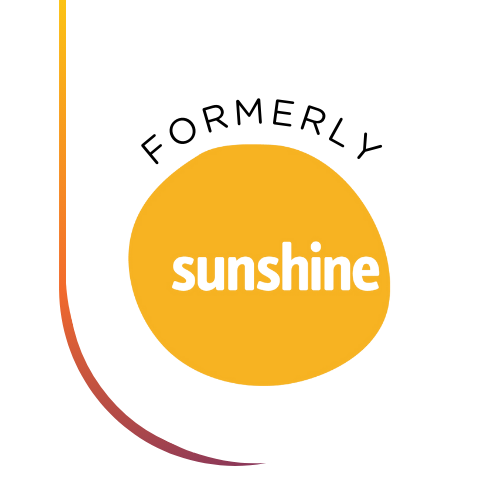Autism Spectrum Disorder (ASD) is a developmental condition that affects how individuals interact, communicate, and experience the world. Recognising the signs of ASD is an important first step toward self-awareness and seeking support. If you suspect you or someone you know might have autism, understanding the symptoms and pursuing a professional diagnosis can help provide clarity and access to appropriate resources.
This article explores the key signs and symptoms of ASD, the diagnostic process, and the importance of embracing neurodiversity.
Understanding Autism Spectrum Disorder
What is Autism Spectrum Disorder?
ASD refers to a range of conditions characterised by differences in social communication, behaviour patterns, and sensory processing. The term “spectrum” reflects the wide variety of traits and challenges individuals may experience, from mild to more pronounced.
ASD is not a one-size-fits-all condition; each person with autism has unique strengths, challenges, and support needs. For instance, some individuals may require extensive assistance, while others live independently and thrive in their personal and professional lives.
Prevalence and Diversity in Autism
Autism affects about 1 in 70 Australians, with individuals diagnosed across all genders, age groups, and cultural backgrounds. In recent years, increased awareness has led to more adults being diagnosed later in life, highlighting the diversity of experiences within the autistic community.
Common Signs and Symptoms of Autism
ASD manifests differently in each individual, but common signs and symptoms include:
Social Communication Challenges
- Difficulty understanding social cues, such as body language, facial expressions, or tone of voice.
- Challenges with initiating or maintaining conversations.
- Avoidance or discomfort with eye contact.
Behavioural Patterns
- Repetitive movements or speech, such as hand-flapping or echolalia (repeating phrases).
- Intense focus on specific interests or hobbies, sometimes to the exclusion of other activities.
- Preference for routines and difficulty adapting to change.
Sensory Sensitivities
- Over-sensitivity to sounds, lights, or textures, which can lead to discomfort or overwhelm.
- Under-sensitivity to sensory input, such as not noticing pain or temperature changes.
For example, a child may become distressed in noisy environments, while an adult might struggle with certain fabric textures in clothing.
Emotional Regulation
- Difficulty managing emotions, leading to meltdowns or shutdowns during stressful situations.
- Challenges in processing unexpected changes or disruptions to routines.
Self-Assessment: Do I Have Autism?
Self-assessment tools, such as the AQ Test, can be a helpful starting point for those wondering, “Do I have autism spectrum disorder?” These tools are designed to highlight traits associated with ASD and encourage reflection on personal experiences.
However, self-assessments are not a substitute for professional diagnosis. If you recognise traits that resonate, consider consulting a healthcare professional for a comprehensive evaluation.
Seeking a Diagnosis
Steps to Take
If you suspect you have autism, follow these steps to seek a diagnosis:
- Consult a Professional: Reach out to a healthcare provider, such as a psychologist, paediatrician, or psychiatrist, who specialises in autism assessments.
- Provide Developmental History: Share relevant information about behaviours, communication styles, and sensory preferences.
- Undergo Assessments: Professionals may use diagnostic tools like the ADOS (Autism Diagnostic Observation Schedule) to evaluate symptoms.
Overcoming Barriers
Seeking a diagnosis can be daunting due to stigma, cost, or uncertainty. Remember, diagnosis is not about labels—it’s about understanding yourself or your loved one better and accessing the support needed to thrive.
Living with Autism: Resources and Support
Is Autism a Disability?
Autism is not a disability in the sense of a limitation—it is a difference. Many individuals with autism have unique strengths, such as heightened focus, creativity, or problem-solving abilities.
Resources for Support
- Self-Help Groups: Connecting with others who share similar experiences fosters a sense of belonging.
- Professional Assistance: Therapies, such as speech therapy or occupational therapy, can help build essential skills.
- Early Intervention Programs: Tailored support during childhood can significantly improve communication, social skills, and independence.
For adults, support groups and workplace accommodations can enhance well-being and productivity.
FAQs About Autism Spectrum Disorder
Can I Develop Autism as an Adult?
Autism cannot “develop” in adulthood, but many adults only realise they are autistic later in life due to increased awareness or misdiagnosed conditions during childhood.
Is Autism the Same as ADHD or Other Neurodivergent Conditions?
Autism and ADHD are distinct conditions, but they can co-occur. Both fall under the neurodiversity umbrella, which celebrates different ways of thinking and interacting with the world.
Are There Treatments for Autism?
There is no “cure” for autism, but therapies like behavioural support and communication training help individuals navigate challenges and harness their strengths.
Building Awareness and Inclusivity
Understanding autism spectrum disorder is a vital step toward fostering inclusivity and compassion. By recognising the signs and symptoms of ASD, seeking professional guidance, and embracing neurodiversity, we can create a supportive environment where individuals with autism thrive.
If you suspect you or someone you know has autism, seeking a diagnosis is the first step toward understanding and empowerment. Contact us at Unisson Disability today to explore support services and resources tailored to your needs. Together, we can celebrate neurodiversity and create a world where everyone feels valued.






